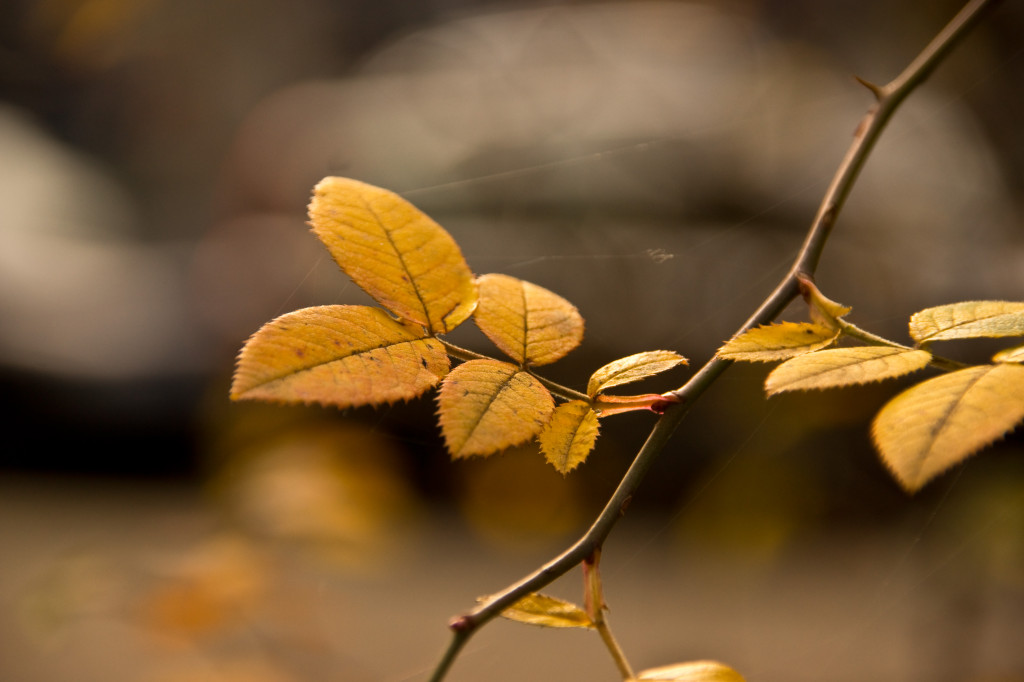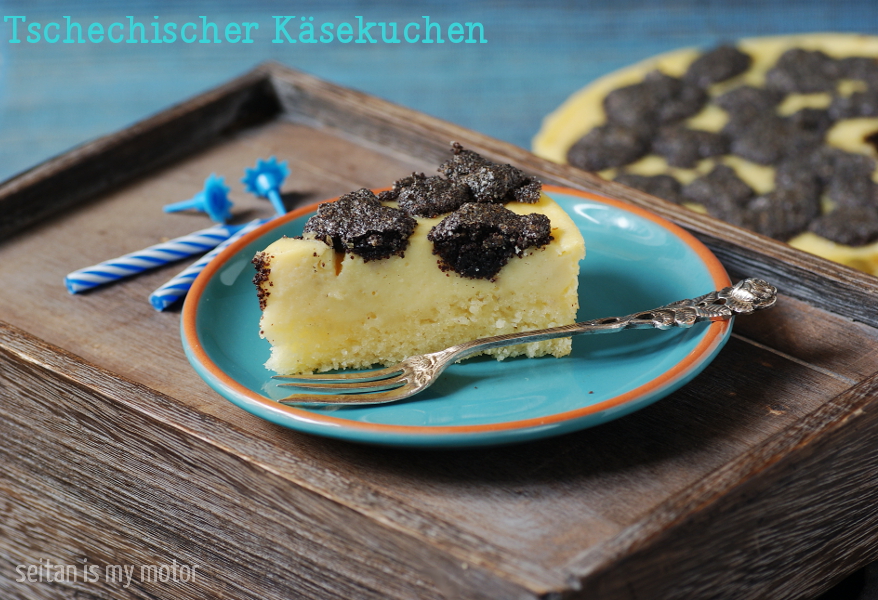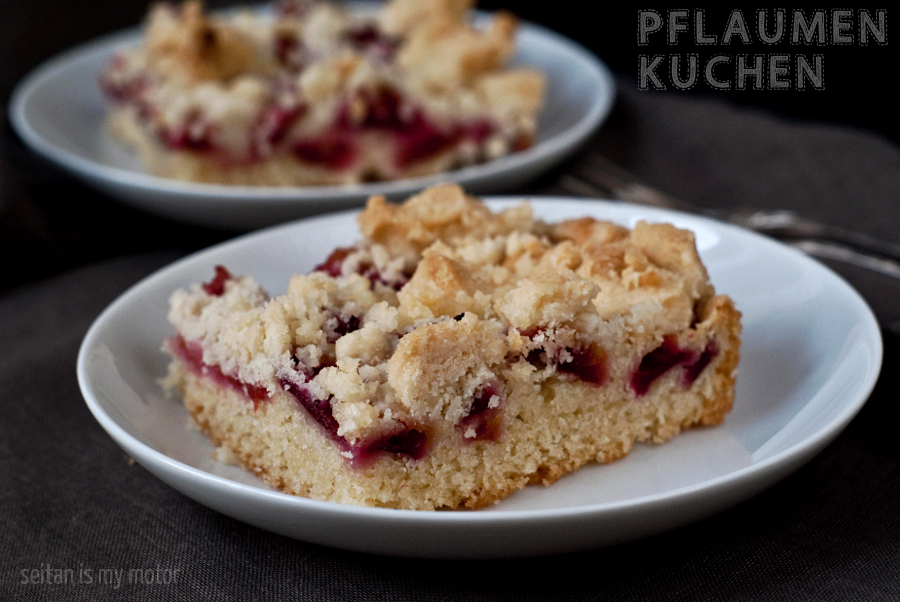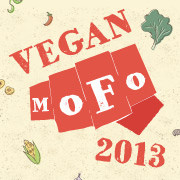


It’s finally autumn and I am enjoying the change of season. Especially when crossing the river on an early morning. Fog is crawling from the Elbe to the hills surrounding it. On brighter days the sun is floodlighting the historic buildings on the other side of the Augustusbrücke. The castle church and other buildings look as golden as most of the trees, which are constantly losing their leaves. We have jumped into many leaf piles and collected the red and yellow ones because F insists on sticking them on windows and paintings. The only thing that I find a little bit annoying is how short the days have become. That and a lot of rain makes taking pictures indoors and with natural light very difficult. But maybe it is exactly this light that goes well with the dark colours of the ingredients used for these energy bars?
 Dried fruits and seeds are ingredients my grandparents always had on hand during the cold and dark months. Apples were thinly sliced and dried over a coal and wood oven. Walnuts and hazelnuts were stored in large bags on the threshing flour. I kind of inherited this gathering gene but of course I don’t do much collecting and drying myself anymore. With so many different seeds, nuts, and fruits available at most grocery stores, I just throw a couple of bags into my shooping cart and take them home. And then? Then I realise that this probably would have been way more fun if I had collected them myself. But there is still the fun of processing them as an ingredient in so many different recipes.
Dried fruits and seeds are ingredients my grandparents always had on hand during the cold and dark months. Apples were thinly sliced and dried over a coal and wood oven. Walnuts and hazelnuts were stored in large bags on the threshing flour. I kind of inherited this gathering gene but of course I don’t do much collecting and drying myself anymore. With so many different seeds, nuts, and fruits available at most grocery stores, I just throw a couple of bags into my shooping cart and take them home. And then? Then I realise that this probably would have been way more fun if I had collected them myself. But there is still the fun of processing them as an ingredient in so many different recipes.
For these energy bars I roasted some of the nuts and seeds which increased the flavour a lot and gave them a special twist. To form them I placed pieces of plastic wrap in a square muffin pan and pressed the fruit and nut mass into it. If you don’t have such a pan, you can use a larger baking pan lined with plastic. Press the mass into the pan and cut into squares or rectangles. Or for an even easier version just form them into walnut sized balls.
Energy Bars with Toasted Nuts and Seeds (makes 6 square bars)
Ingredients:
45 g (1/3 cup) sunflower seeds
30 g (1/3 cup) walnut halves
40 g (1/3 cup) pumpkin seeds
140 g (1 cup) dried medjol dates
150 g (1 cup) dried apricots
50 g (1/3 cup) dried cranberries
2 tablespoons flax seeds
Preparation:
Place the sunflower seeds, walnuts halves, and pumpkin seeds in a large pan and toast until golden brown. Let cool. Place cooled nuts and seeds in a food processor and grind into a meal. Coarsely chop the dates and apricots and add to the food processor as well. Process until a paste forms and clumps together. Depending on your food processor this might take a while. Make sure your processor doesn’t overheat and make some pauses while processing.
Line 6 square muffin tins with plastic wrap (or a baking dish) and press the mass into the tins. Remove and wrap in plastic to store them.
















Follow Me!